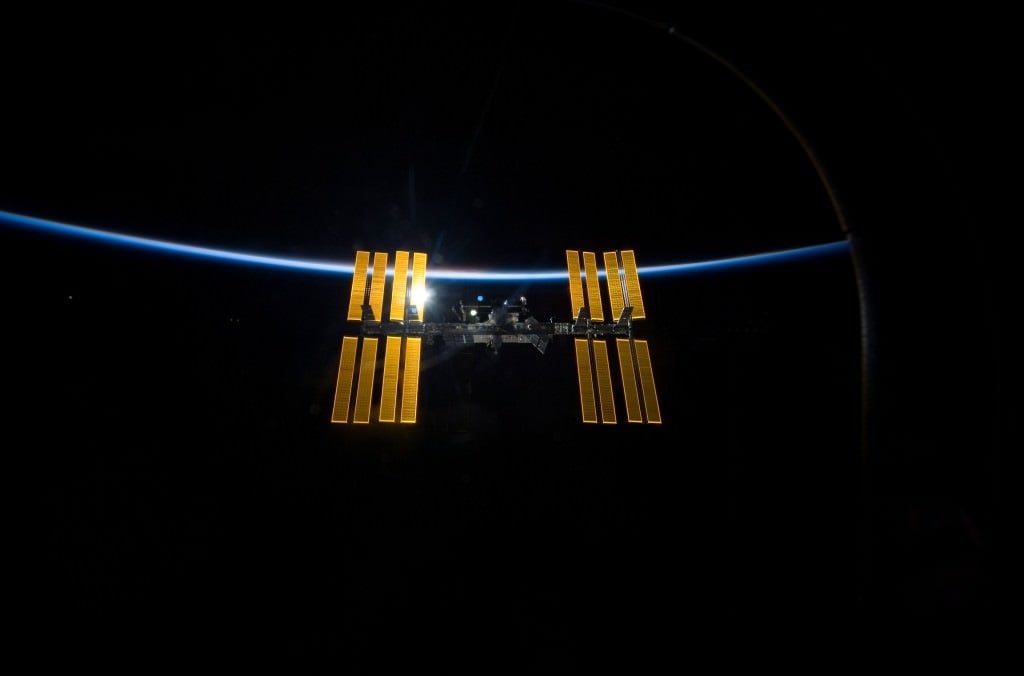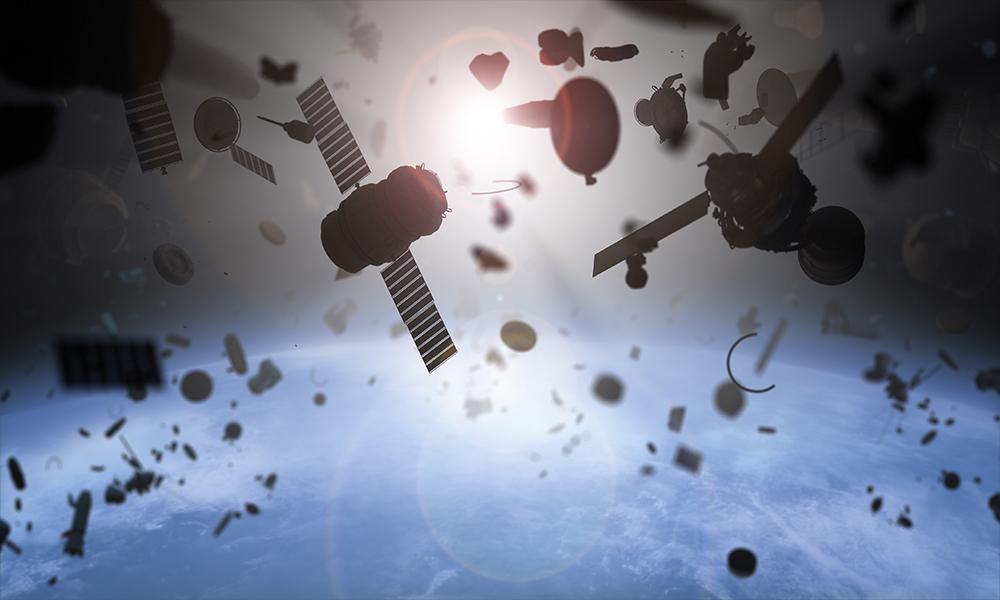Early Monday, November 15, 2021, the International Space Station Flight Control team in Houston told the crew that due to a to satellite breakup, a debris field was created near the station's orbital path. The astronauts and cosmonauts were told to "shelter in place" on board the Soyuz and SpaceX capsules attached to the ISS.
What became apparent as the day wore on is that the debris field was the result of a "destructive" test by Russia of an anti-satellite missile system against one of their own satellites. Experts from the US Space Command say the test resulted in "over fifteen hundred pieces of trackable orbital debris" which could stay in orbit for several years.
The debris not only endangered the crew and the ISS today, but could continue to cause problems for the ISS – as well as other satellites and launches – for at least five years.
"Russia's dangerous and irresponsible behavior jeopardizes the long-term sustainability of ... outer space and clearly demonstrates that Russia's (claims) to oppose the weaponization of space are disingenuous and hypocritical," State Department spokesman Ned Price told reporters at a briefing today.
In a statement, NASA Administrator Bill Nelson said, "I'm outraged by this irresponsible and destabilizing action. With its long and storied history in human spaceflight, it is unthinkable that Russia would endanger not only the American and international partner astronauts on the ISS, but also their own cosmonauts. Their actions are reckless and dangerous, threatening as well the Chinese space station and the taikonauts on board."
The destroyed satellite, Kosmos-1408, appears to have broken up either late Nov. 14 or early Nov. 15, based on government and commercial tracking data. The satellite has been in orbit since 1982 and is no longer operational. Sources said the satellite weighed about 2,000 kilograms (4,400 lbs) and was last tracked in an orbit about 485 kilometers high.
?s=20Loading tweet...
— View on Twitter
The crew was awakened and directed to close the hatches on several outward modules on the station, including Columbus, Kibo, the Permanent Multipurpose Module, Bigelow Expandable Activity Module, and Quest Joint Airlock.
NASA said an additional precautionary measure of sheltering the crew was executed for two passes through or near the vicinity of the debris cloud. The crew members made their way into their spacecraft shortly before 2 a.m. EST and remained there until about 4 a.m. The space station is passing through or near the cloud every 90 minutes, but the need to shelter for only the second and third passes of the event was based on a risk assessment made by the debris office and ballistics specialists at NASA's Johnson Space Center in Houston.
The crew was also directed to move any sleeping quarters to the interior parts of the space station until further notice. Hatches between the U.S. and Russian segments remain open.
NASA astronauts Tom Marshburn, Kayla Barron, Raja Chari and European Space Agency astronaut Matthias Maurer took shelter in their SpaceX Crew Dragon spacecraft, while Russian cosmonauts Anton Shkaplerov and Pyotr Dubrov, as well as NASA astronaut Mark Vande Hei, boarded the Soyuz spacecraft. While those spacecraft brought the crew on board and will be used to bring them back to Earth again, both spacecraft can be used as lifeboats in any emergency situation.
Loading tweet...
— View on Twitter
An approach of debris is considered "close" only when it enters an imaginary "pizza box" shaped region around the station, measuring 0.75 kilometers above and below the station and 25 kilometers on each side (2,460 feet above and below and 15.6 by 15.6 miles). Thrusters on the ISS can move the station out of the way of orbital debris, if the debris has been tracked or is known about with enough lead time.
Dedicated debris shields on the ISS can withstand particles as large as 1 cm in diameter. It is known that small pieces of debris have already collided with ISS on many occasions, but no collisions to date have affected the safety of the crew or the operation of the mission.
For the latest regarding this event, orbital debris specialist and Harvard astronomer Jonathan McDowell is providing updates on Twitter regarding the debris field and how it will affect objects in low Earth orbit.
Sources and further reading:
US Space Command
NASA Russia Space Web info on anti-satellite systems
Space News
 Universe Today
Universe Today

